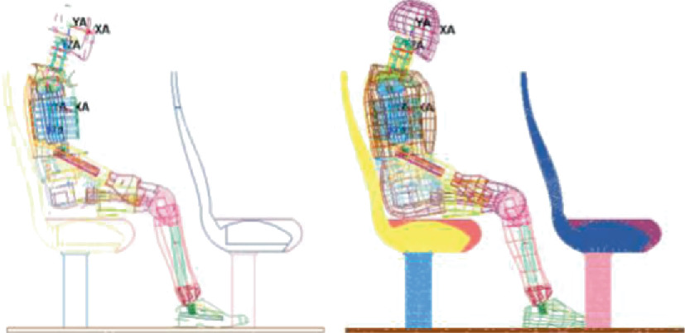Intercity Bus Occupant Safety
Palabras clave:
SDG9, HIC, CSI, Dummy, Front collision, Rear collisionResumen
The most common means of transportation in Mexico City is the intercity bus. The frequency of transport makes it necessary to carry out measures that protect the health of the passenger. According to data from the World Health Organization (WHO), one in four of the traumatic deaths recorded in the world are related to transport. UNECE and NHTSA promote standards so that vehicles have the necessary passive safety to reduce occupant injuries in a collision event. This research shows simulations by the finite element that represent two types of collisions: frontal and rear. A bus seat and a 50-percentile Hybrid III dummy are evaluated with LS-DYNA software. Results showed the head injury criteria (HIC) and chest severity index (CSI) in a passenger when the bus crashed at a 32 km/h speed.

